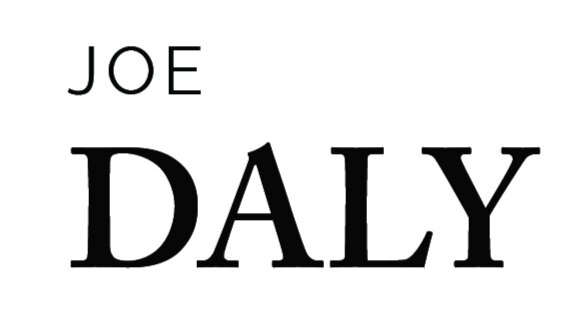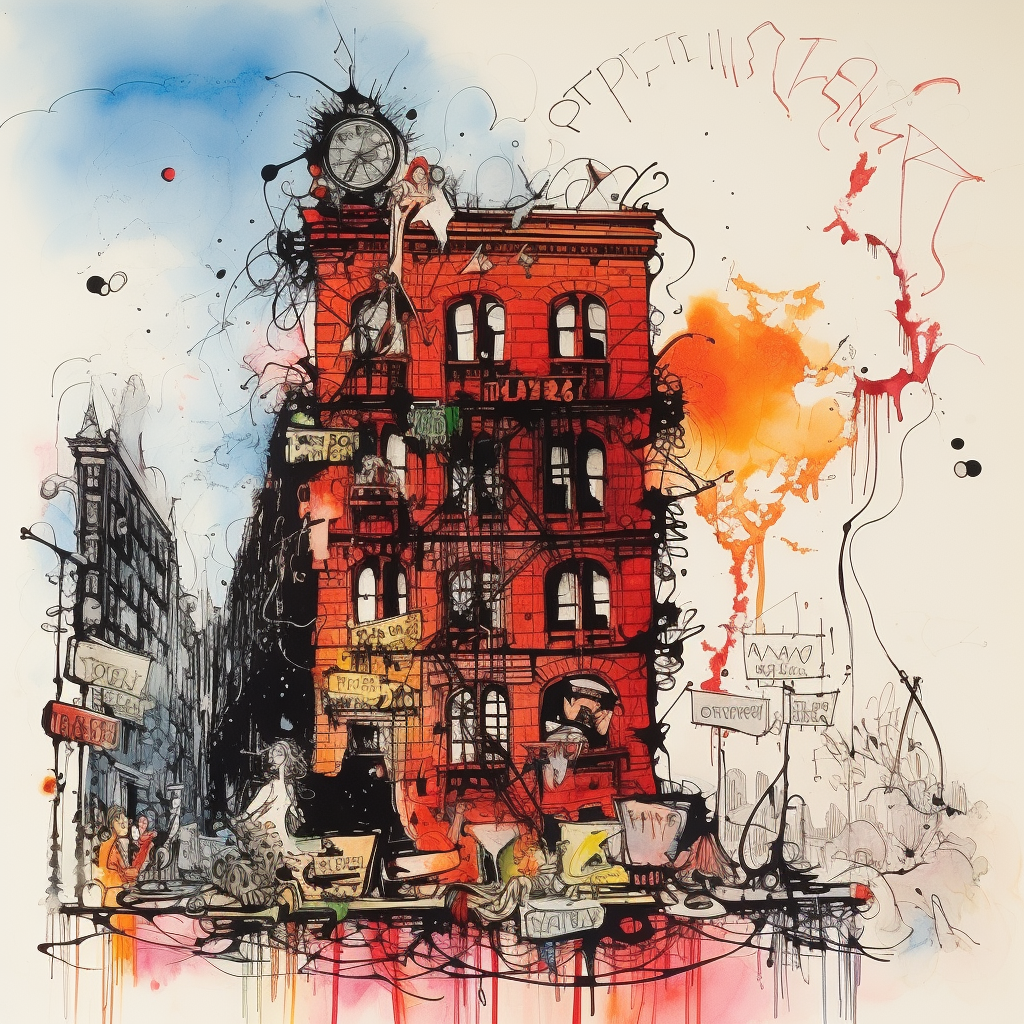Dissecting Sacred Cows: Why Led Zeppelin’s “Physical Graffiti” Is A Twisted Odyssey Into The Decline Of Good Music
In the pantheon of rock’s most ambitious releases, few albums pose an execrable descent into gaudy self-indulgence as Led Zeppelin's so-called opus, Physical Graffiti. It is with a kind of horrified fascination that one must approach this sprawling double album—a veritable Augean stable in need of serious hazmat cleansing.
Let's be brutally clear: Physical Graffiti is not just Led Zeppelin's worst album (yes, CODA, you’re off the hook), it is a bloated carcass of what once was a lean beast, staggering through the smoke-filled ruins of its own turgid mythology. Two years in the making, the successor to 1973’s Houses Of The Holy should have been a glistening moment of cosmic transcendence; instead, it offered a case study in unfocused excess, a disjointed odyssey of sound that reflects less the titans of rock they once were and more a confused chimera of random noises, signifying nothing.
Why, you may ask, does this album—a favorite of many a Zeppelin acolyte—deserve such scathing critique? Let us dispense with sentimentality and deal in cold, hard fact.
The evidence of decline is audible from the start. Custard Pie opens the album with a promise of riff-driven debauchery, yet it serves as a sad prelude to the ham-fisted, directionless jam session that follows. Each track loiters aimlessly, breathlessly lacking the concise ferocity of earlier masterpieces like Black Dog or the haunting precision of No Quarter. There is a dogged sense of a tired, inert band lazily groping for their old magic in a haze of hubris and narcotics, mistaking quantity for quality.
As for the much-lauded epic Kashmir—yes, it is grand in scope, but its repetitive drone suggests not the hypnotic trance it intends but rather the monotonous pounding of a debilitating migraine that lingers long after the song's close. It is indicative of the album's overarching ailment: a band indulging every musical whim with no regard for coherence or restraint. Even if we allow for its baffling popularity even beyond the Zep faithful, one decent track doth not make a great album. Hell, if that were the case, then AC/DC’s Flick Of The Switch would be out-selling Rumours on a weekly basis.
The problem with Physical Graffiti is not one of musical incompetence—Led Zeppelin were, beyond a shadow of doubt, masterful musicians. The issue is one of boozy entitlement. The album wheezes for two entire records, each aching from the ponderous weight of reworked outtakes from previous albums that should have remained on the cutting room floor. Songs like Boogie with Stu and Black Country Woman are the equivalent of crude musical doodles by artists who have become too enamored with the sound of their own voices.
In a painful irony, Physical Graffiti encapsulates the crass, joyless self-indulgence of 1970s excess that Zeppelin themselves helped to define and to which they ultimately fell victim. This was a period marked by a collective loss of control, where the glorious rebellion of rock 'n' roll spiraled into a mire of cartoonish hubris and druggy self-parody.
The album's production is equally complicit in this charade of grandiosity. Layers upon layers of sound are piled up in a mix that muddies the clarity that once defined Zeppelin's finest moments. Jimmy Page's production is a sonic Tower of Babel—ambitious but ultimately confused and collapsing under its own weight.
And let us not overlook the album's impact on the band's legacy. The empty bloat of Physical Graffiti foreshadowed the beginning of the end for Led Zeppelin. The monstrous appetite that drove them to such heights of fame became the same hunger that led to a decay of discipline, both artistic and personal.
Ultimately, Physical Graffiti is not merely Led Zeppelin's worst album—it is an all-around abomination of a band losing sight of the savage focus that is the lifeblood of true rock 'n' roll. It is the sound of giants tumbling, a cautionary tale that excess, without purpose or passion, is the swiftest road to ruin. As a work of art, it is as if Michelangelo, in a fit of manic inspiration, decided to paint the Sistine Chapel with a mop and bucket of tar. It is a tragic symphony of too much; too much time, too much tape, too much ego.
The legendary Zeppelin, once the sleek conqueror of the skies, here sputters and wheezes—not with the fire of Icarus nearing the sun, but rather like a lead balloon, fitfully grasping for altitude, only to plummet back to earth, a ponderous and pitiable spectacle.
**The “Dissecting Sacred Cows” series is intended as a thought exercise where I write about music, books and films that I personally love, and attack them from a critical point of view. This is not about hot takes or rote contrarianism but a simple and useful exercise in exploring contrary perspectives. If I have written about something here, it’s because I think it’s pretty damned special.


